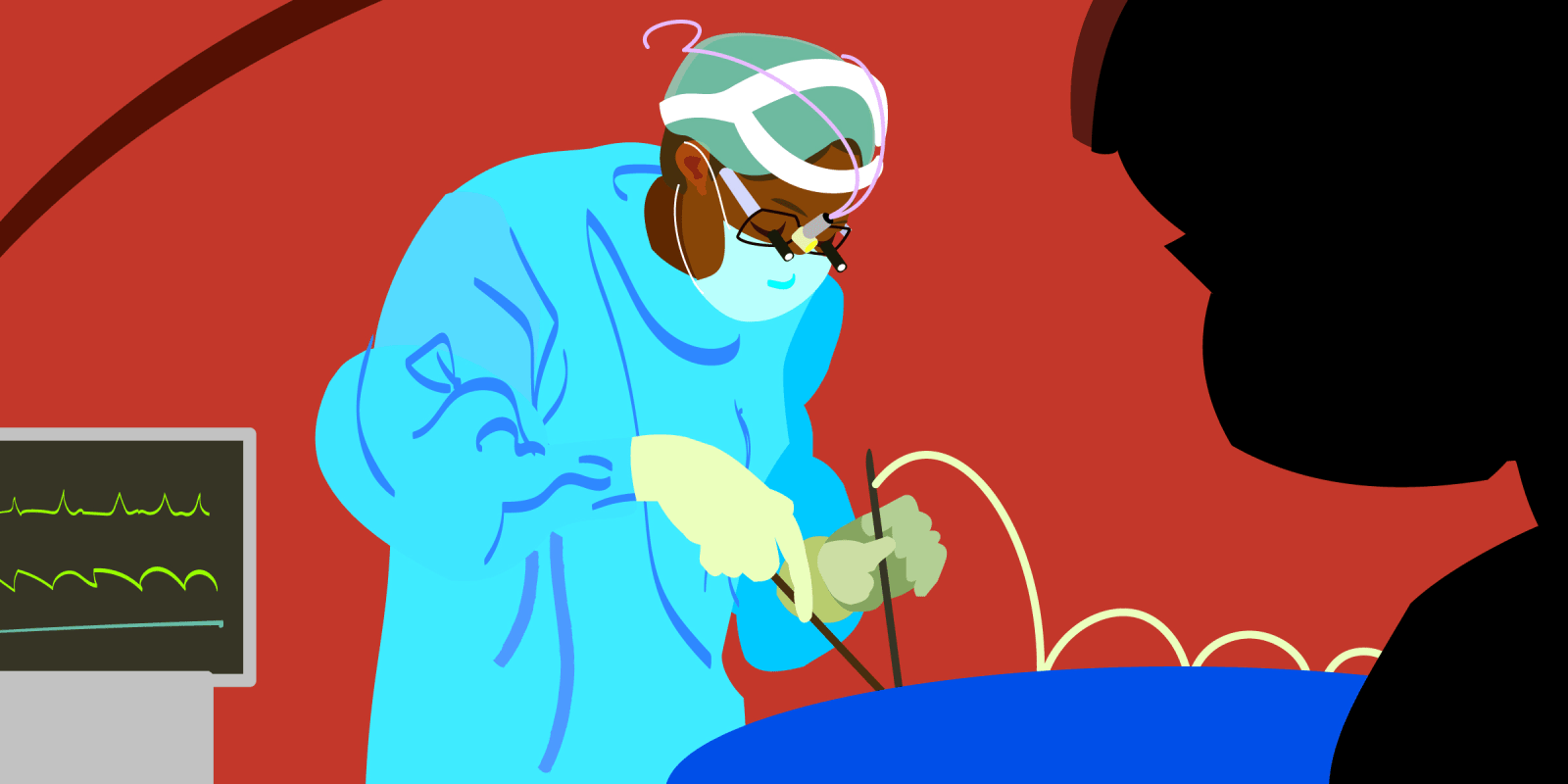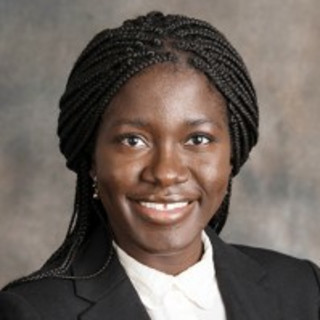“Surgery has historically been made up of white males, including this department. So how do you think you’ll fit in here?”
I initially said nothing to the faculty interviewer who sat across from me, taking a moment to absorb the shock from his loaded question. As I calmly answered how important it is to expand diversity and inclusion programs, and how I wanted to be part of that change in the surgery residency program, internally, I felt uneasy. There was an underlying implication that, based on my race and gender, I would fit better in another specialty.
Unfortunately, this was not the first time that my race or interest in addressing racial disparities resulted in the questioning of my fit in surgery. Along the medical school interview trail, I also had a faculty interviewer tell me that he could see me as a social justice advocate but that he couldn’t see me as a surgeon. There was an underlying implication that, based on my interest in advocacy work, I would fit better in another specialty.
In expressing my interest in a procedural specialty, I was often instead told that I would fit best into a primary care specialty. But by the end of my third year of medical school, it was clear that surgery was the path I was most excited about. I applied to general surgery programs hoping that there would be one that would make room for me. It was after I had matched into surgical residency that I began receiving messages from junior minority medical students who were also interested in procedural specialties; they shared narratives of pushback similar to what I had received. They expressed concern that their desire for a certain specialty would preclude them from being a true champion fighting health care disparities — as if their very presence in medical school wasn’t already breaking statistical barriers. In order to expand diversity in the physician workforce, minority medical students should not be pressured into the idea that there are only a few set paths for future physicians who aim to address health care disparities.
It is well-known that there are significant racial and ethnic disparities across the spectrum of medical education. The percentage of matriculants to U.S. medical schools who identify as underrepresented in medicine (e.g., Black, Hispanic/Latinx, American Indian, and Alaska Native) has risen only slightly from 11.3% in 1980 to 13.7% in 2016. Efforts of recruitment of minority students disproportionately falls on the shoulders of underrepresented minority (URM) academic faculty. Termed as the “minority tax,” the additional responsibility of leading efforts to increase diversity placed on these minority faculty has been shown to inhibit advancement in other academic responsibilities and roles, and has led some to leave academic medicine altogether. The pipeline of URM medical students becoming academic medical faculty is leaky, with minority medical students being less likely to choose academic medical careers. In 2019, only 10% of academic medical faculty were composed of URM physicians, although 33% of the U.S. population identify as URMs. Despite facing their own barriers, such as lower rates of promotion, lower salaries/compensation, and decreased productivity (e.g., grants, publications), many URM faculty express a sense of obligation to serve minority populations through mentoring URM medical students.
Many URM medical students — including myself — are indebted to the minority faculty who have opened doors for us. Many URM students also feel called to serve underrepresented patient populations and to find ways to address inequalities in health care. In these ways, the minority tax is carried not only by URM faculty but also by URM medical students. Another way in which I have seen this minority tax manifest has been in specialty choices among URM medical students. In 2020, there were more URM applicants to primary care specialties (e.g., internal medicine, family medicine, and pediatrics) than the combination of general surgery, orthopaedic surgery, neurology, dermatology, otolaryngology, pathology, PM&R, urology, and radiation oncology. For those of us who express a desire to care for underserved patients, we are often heavily encouraged to enter primary care as the best way to do so. Throughout my college and medical school years, I commonly witnessed primary care doctors do incredible work addressing health care disparities and more readily incorporate values such as cultural competence, holistic care, and mental health into their residency and faculty training. However, I found that these values could be exemplified in other specialties as well.
The proposed dissonance between surgery and advocacy dissipated in finding mentors who had forged careers integrating both. My nascent interest in surgery was strengthened through learning from surgeons who served a patient population that faced systemic racial and ethnic inequalities. They embodied holistic care into their surgical practices. I saw cultural competence exemplified during bedside care, in the OR, and in journal club discussions on global surgery efforts. And I saw a path for continuing to mentor URM students in the mentorship that URM surgical residents graciously poured into me.
Striving for diversity in academic medicine means that we should encourage diversity in all specialties of medicine. Our diverse national population needs primary care doctors as well as general surgeons, neurologists, dermatologists, and urologists. Furthermore, health care disparities are seen not only in conditions that require chronic medical management but also those that need procedural management — such as is the case in surgical oncology. Recently, it was found that clinical characteristics, available treatments, and access-to-care factors accounted for most of the differences in all-cause mortality of triple-negative breast cancer between white and Black women. Race and social determinants of health are known to play a significant role in disparate outcomes seen in trauma care. In 2015, the American College of Surgeons released a statement advocating for planning of new trauma centers to account for populations with the greatest need and to ensure that there was not oversupply in certain regions and neglect of underserved regions.
One can be both a social justice advocate and a surgeon. I’m proud to be part of a general surgery residency program where this is exuded. In fact, I began residency walking alongside my co-residents and thousands of health care workers in a march to protest racism as a public health crisis that was organized by one of our attending surgeons.
We need URM students in every specialty, not only for the sake of our patients but for our own betterment as physicians. Diversity spawns creativity, advances academic and clinical thought, and grows our cultural competence and respect. The burden should not lie on URM medical students to fit preexisting molds. Instead, there is a responsibility for leadership in each specialty to make room for and seek out students from varied backgrounds. Building diversity in academic medicine is a continued effort, and it will require that the responsibility of upholding inclusiveness become less disproportionate.
If you are an URM, how has the minority tax affected you? Share in the comments.
Dr. Nzuekoh Nchinda is a general surgery resident at the University of Washington who is passionate about health equity, quality improvement and outcomes research, and ethics. She completed her medical school education at the University of Chicago and undergraduate studies in chemistry at Harvard University. She enjoys knitting, running, and singing in her free time. She is a 2020–2021 Doximity Op-Med Fellow.
Illustration by Jennifer Bogartz







